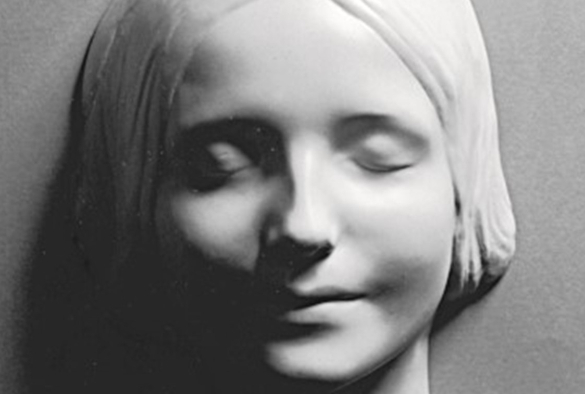You may recognise her, you may have even met her personally; writing in the Christmas issue of the British Medical Journal, Dr Sarah McKernon and Stephanie Loke investigate the origins of ‘the most kissed girl in the world’, known more widely as the CPR model.
While many would assume the model is a fabrication with no real-word model, or a moulding from a volunteer or medical student of the time, the true story is considerably more complex, taking us from Liverpool, to Paris and around the world.
Dr McKernon investigates the, sometimes tragic, tale that led to the creation of a model that has trained millions on the basics of CPR, and subsequently saved thousands of lives since it’s implementation 60 years ago.
Cardiopulmonary Resuscitation (CPR) has been widely used since its creation by Austrian anaesthetist Peter Safar and American Physician James Elam in 1956. Millions of people have been instructed on the the A (Airway) B (Breathing) and C (Circulation) process, going on to save thousands of lives.
Archer Gordon, a member of the American Heart Association’s CPR committee, recognised that students practising CPR on one another risked causing rib fractures and pain. To help enable students to practice, he and Norwegian anaesthetist Bjorn Lind approached a specialist manufacturer of toys and dolls, Åsmund Laerdal to develop a manikin for CPR practice.
You can read the fascinating story of the face of CPR in Dr McKernon’s BMJ article here: https://www.bmj.com/content/371/bmj.m3899
Dr Sarah McKernon is Clinical Lecturer and Specialist in Oral Surgery in the School of Medicine. Alongside training the next generation of dentistry students, her research focuses on the improvement and advancement of oral surgery.
